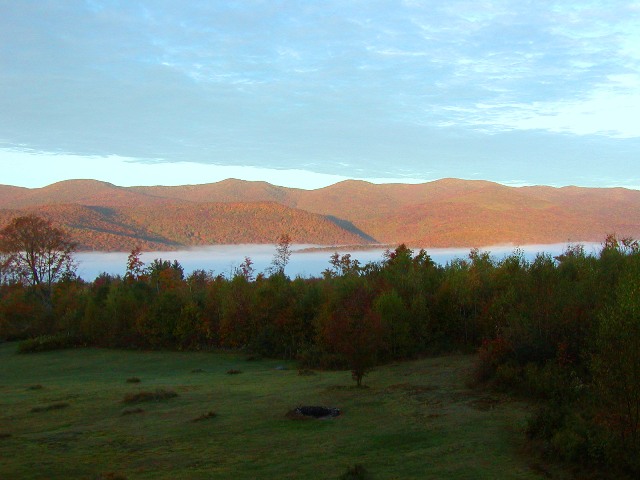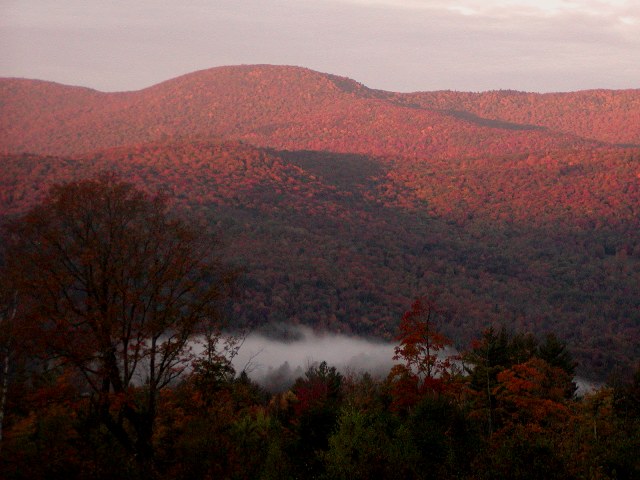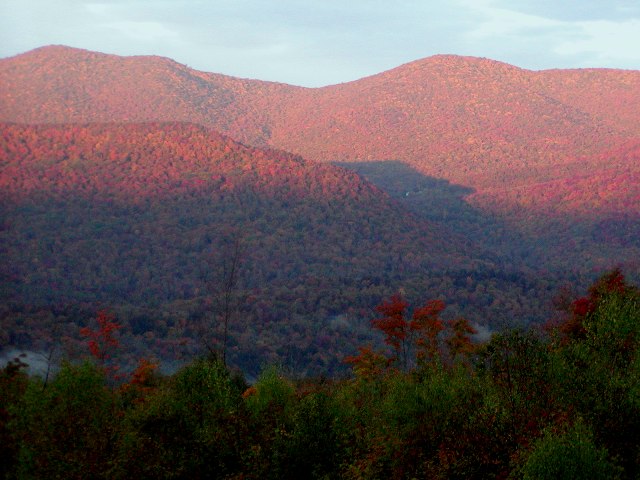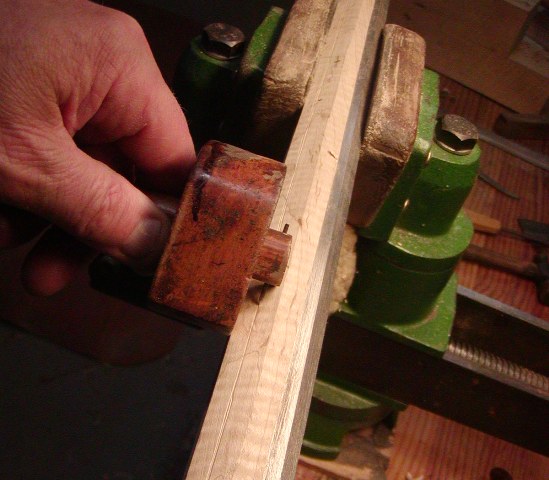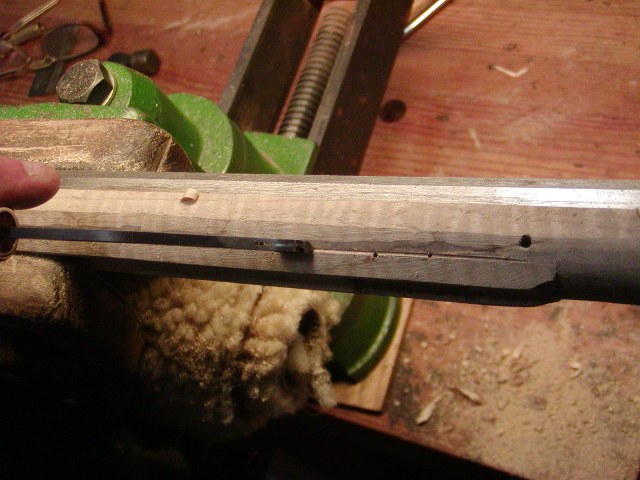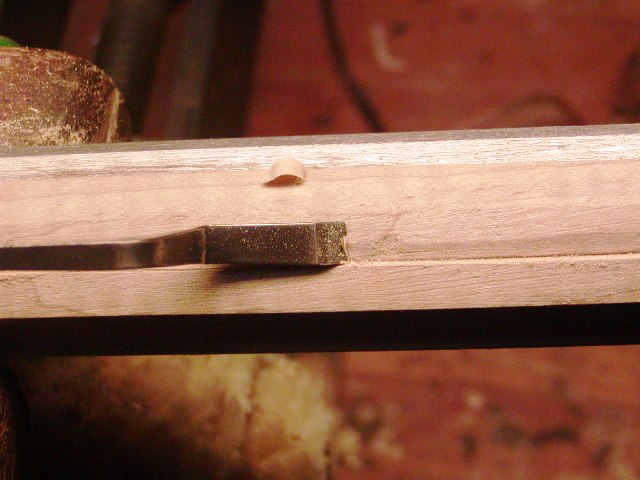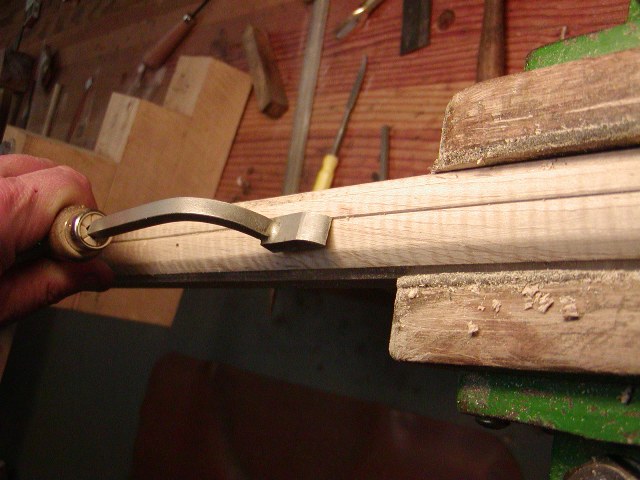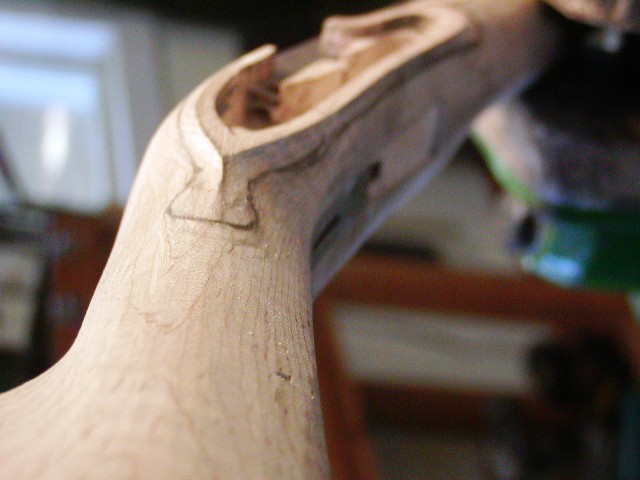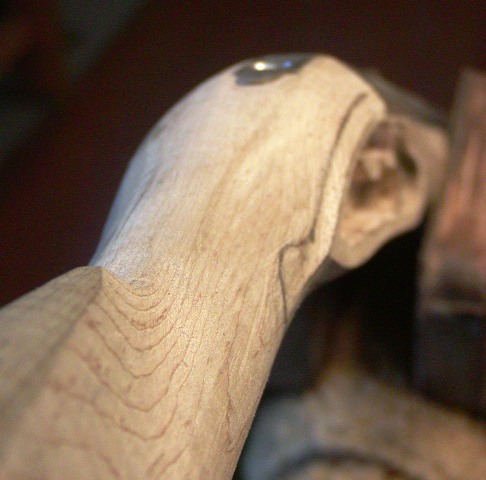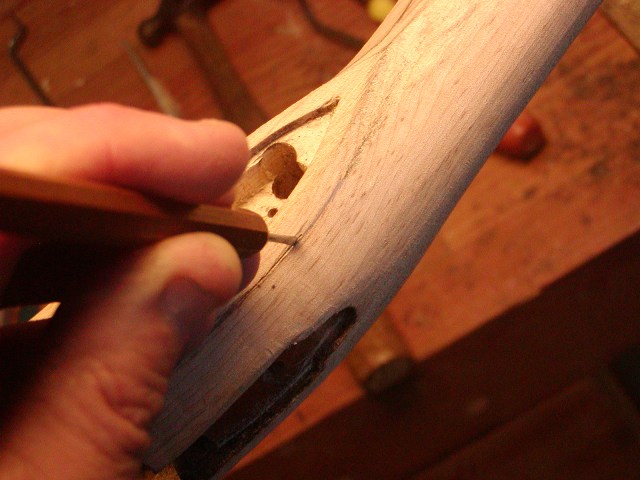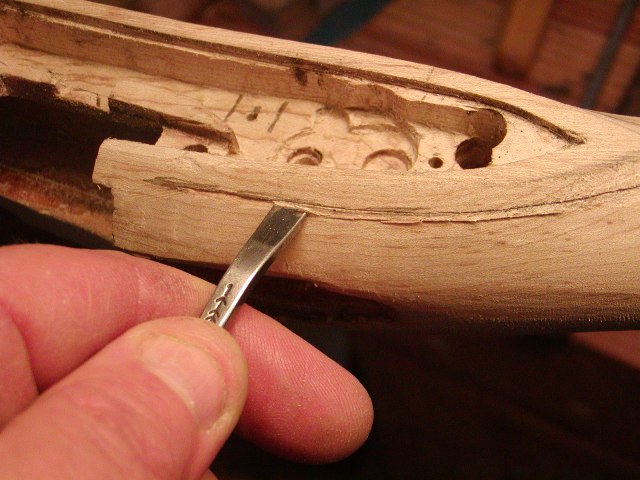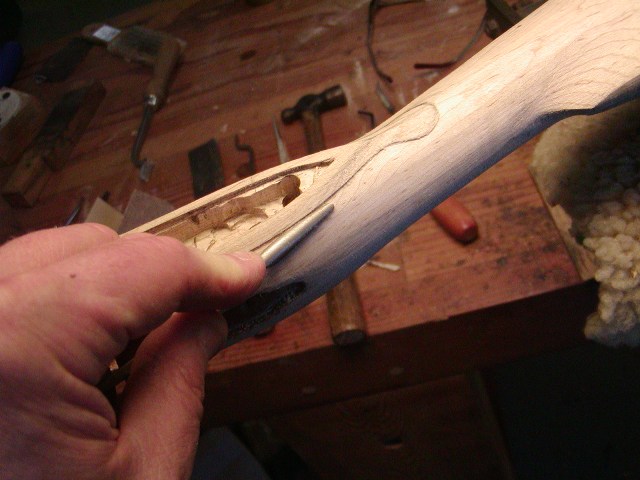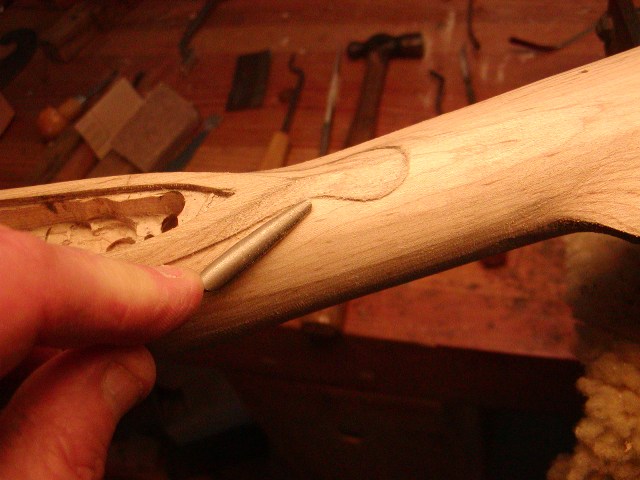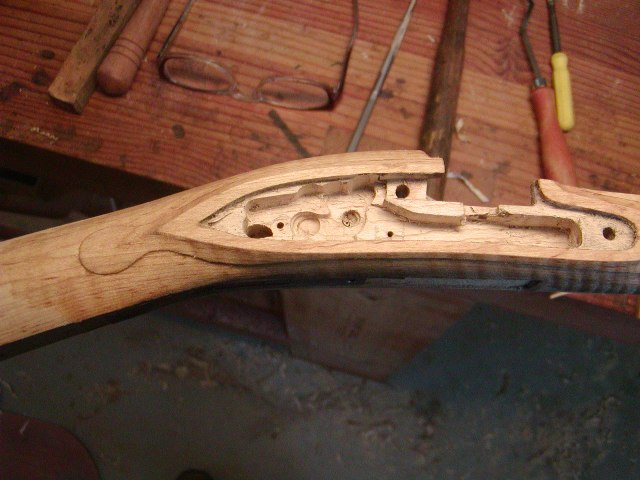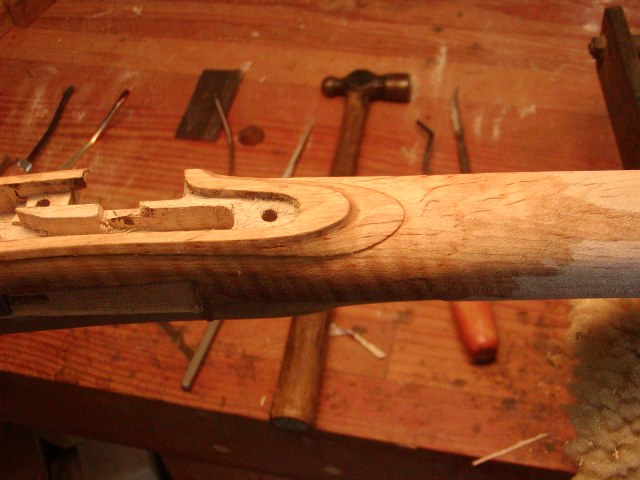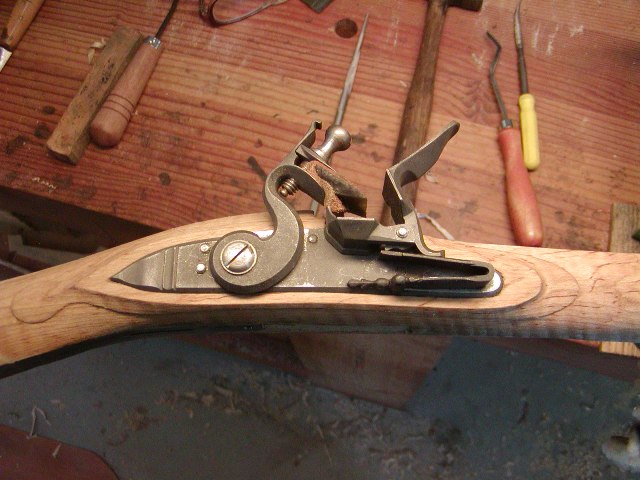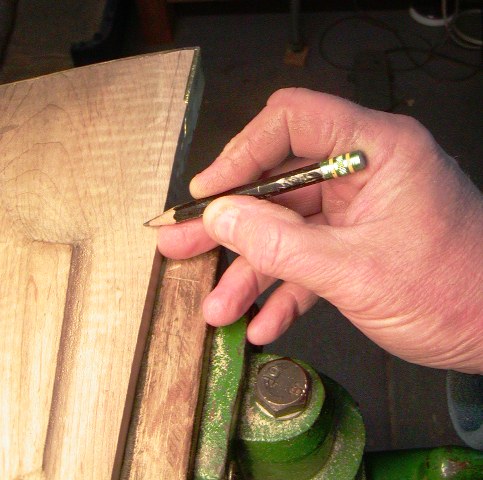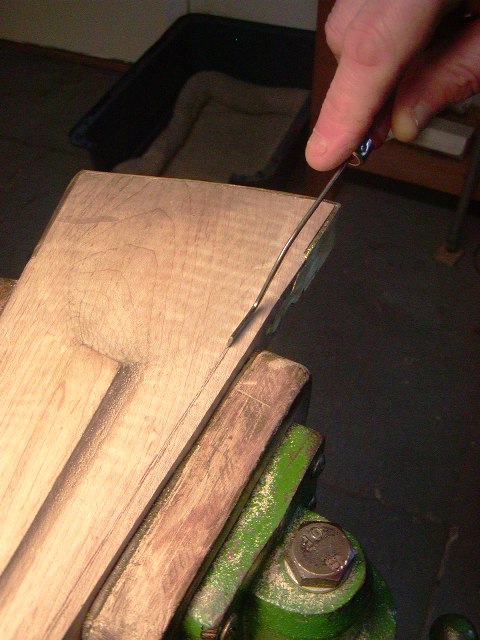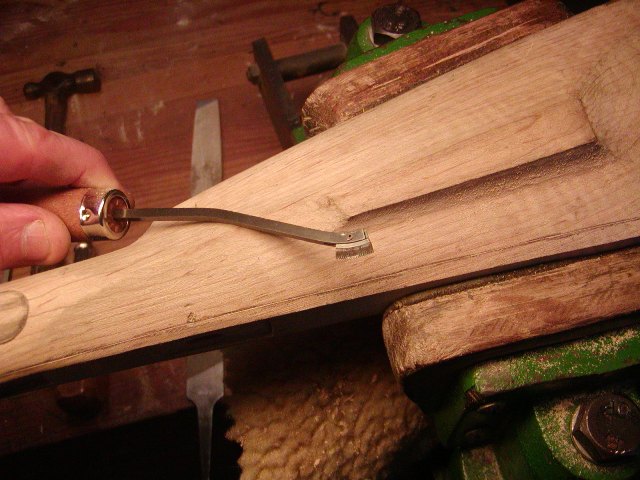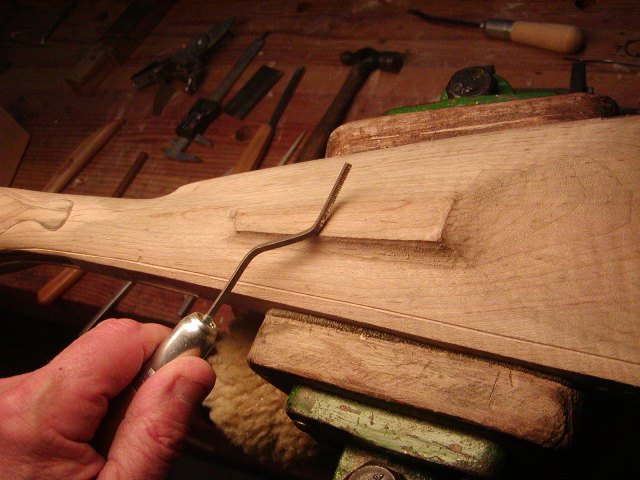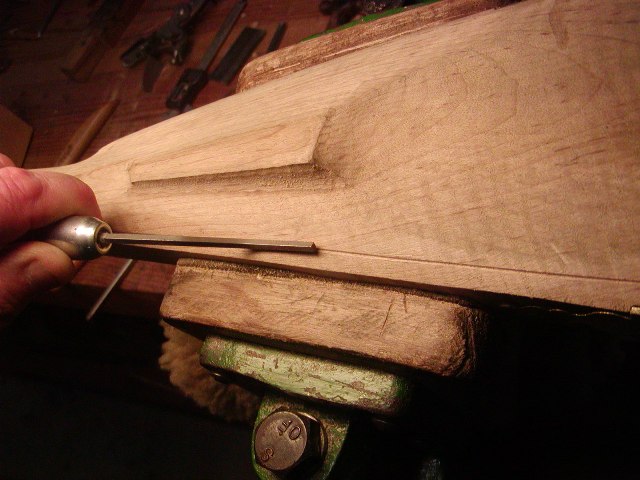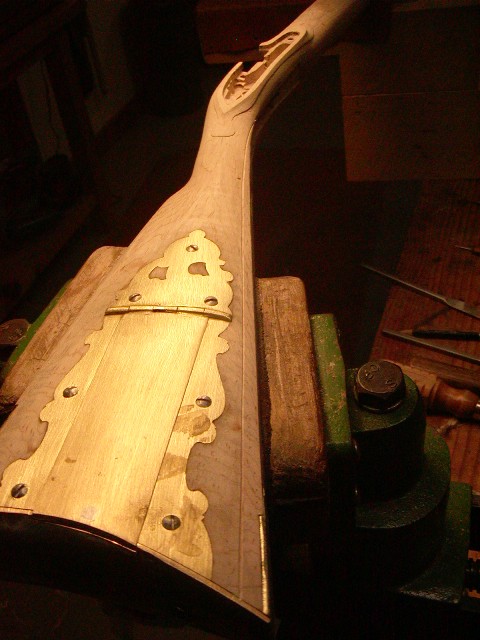Pete G
76 Cal.
Maybe it was designated (modern) as Honduras mahogany to differentiate from Phillipean, also known as Luan which is so abundant and such poor quality that it is used as dunnage on cargo ships.

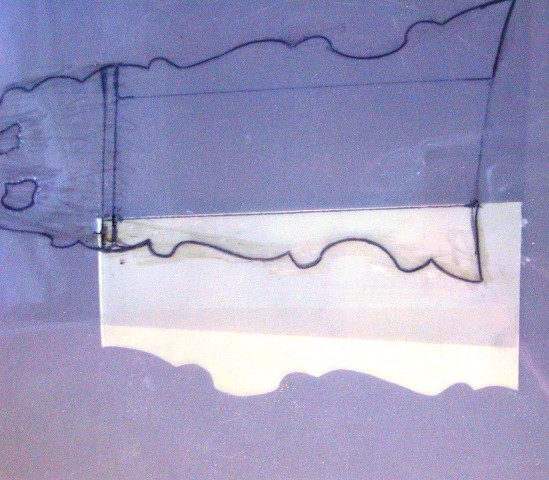

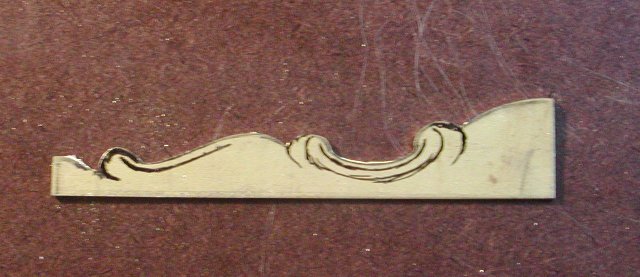
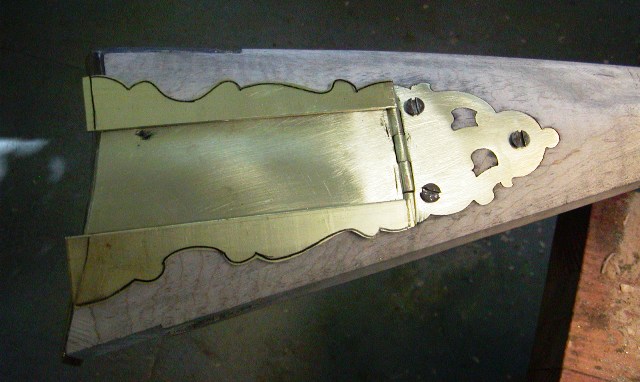

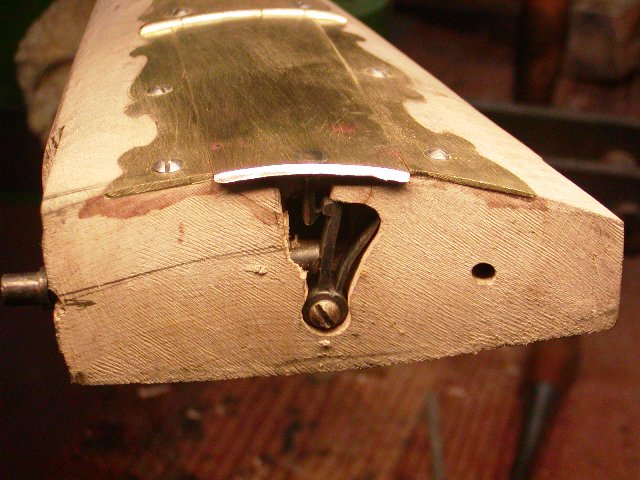
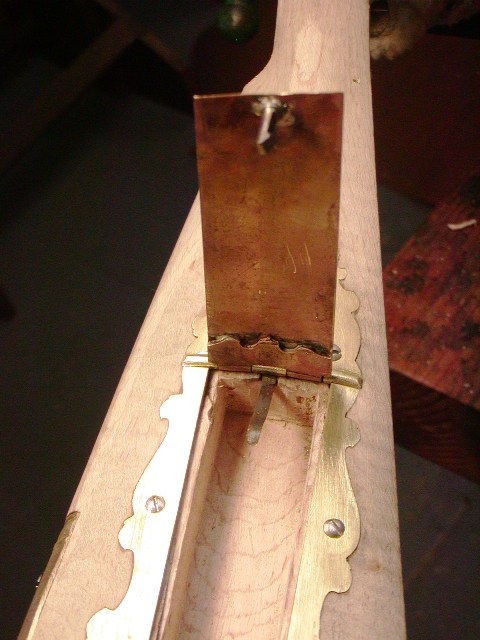

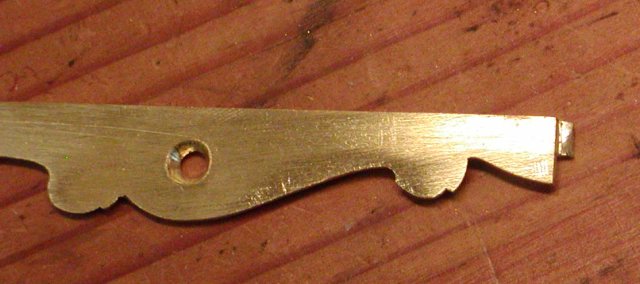

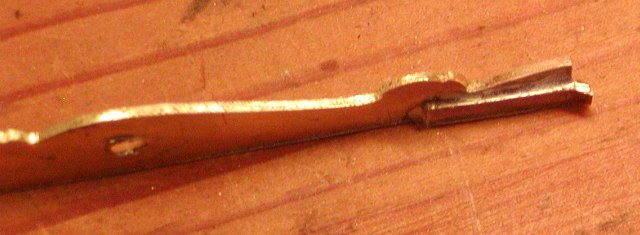



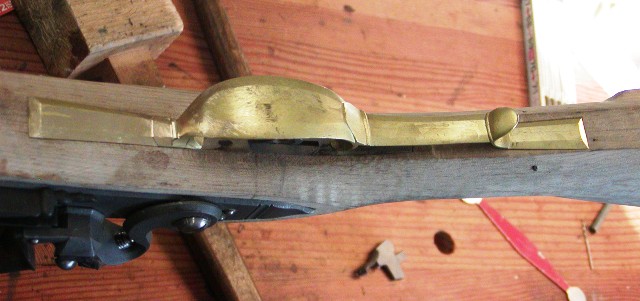
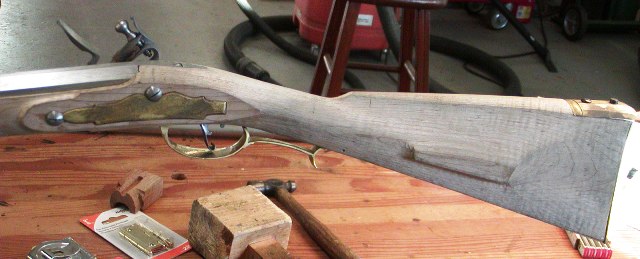
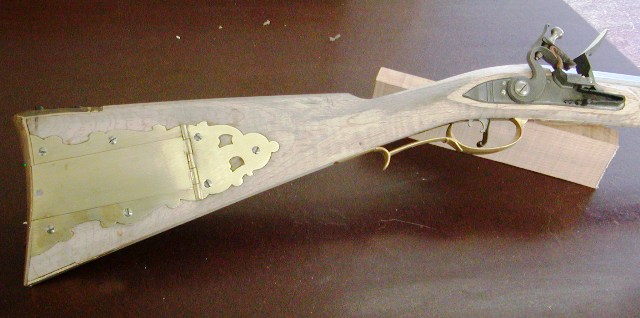
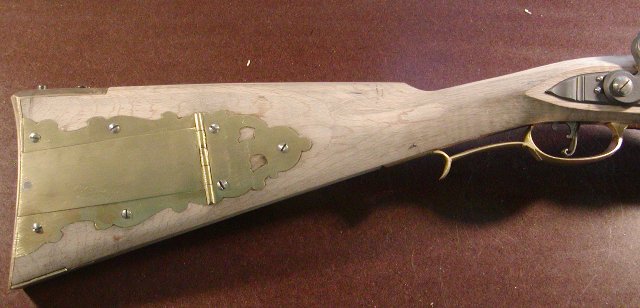

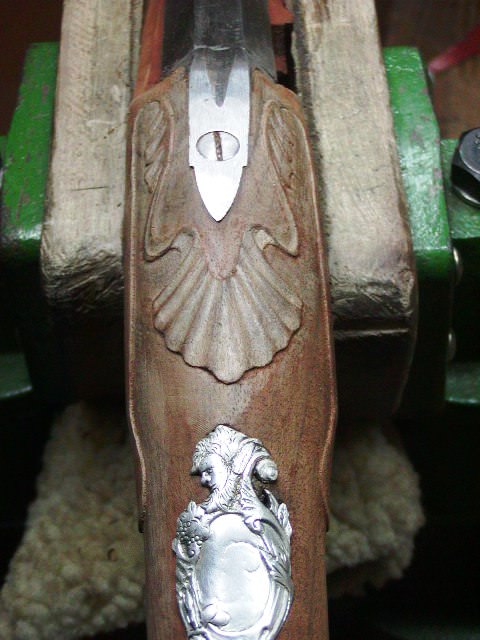
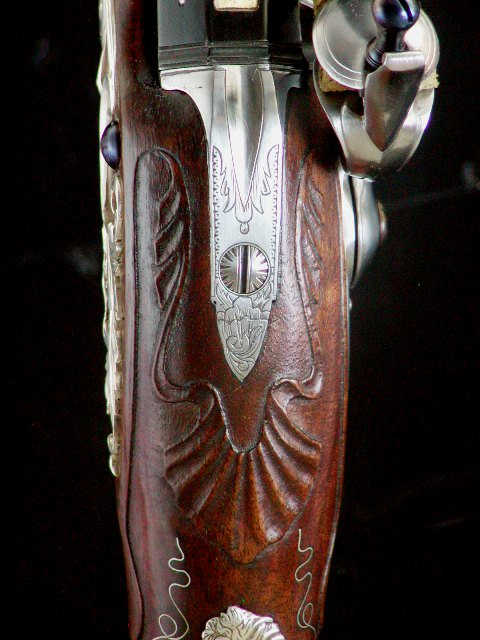
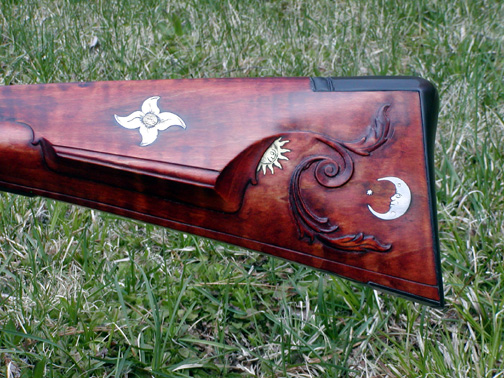
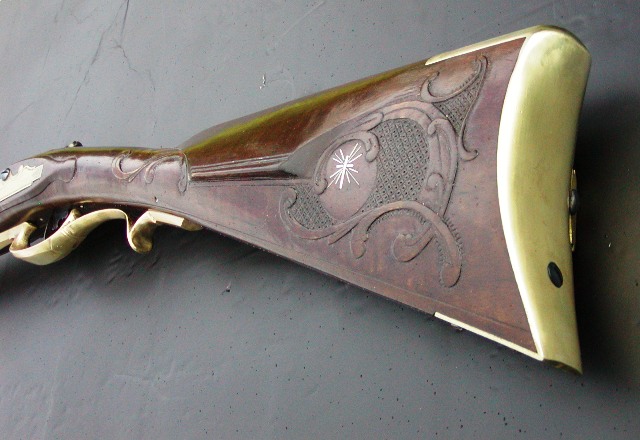

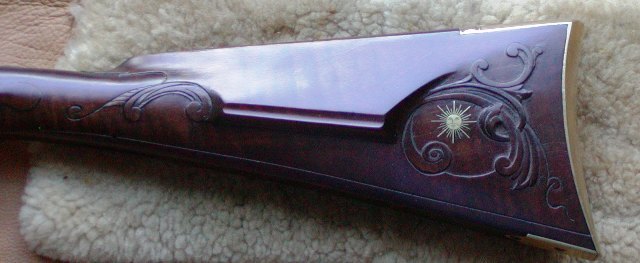


Wow....I want to do that when I grow up. Inspiring. Just inspiring. Excuse me.....I need to do some more sanding on my FDC.Hi,
I will be posting more work soon but I want to offer a brief essay on carving before getting on with the gun. I post tutorials on this forum, on the ALR forum, and do seminars and demos at Dixon's Gun Maker's Fair. Over time, I've heard many comments by folks intimidated by carving and other decorative techniques. "I can't draw", "I am no artist", and "most guns were plain anyway they just did not survive". Not everyone is suited to doing decorative art but I think there are many who just don't know how to get started. Let me offer some advice. First, you do not have to reinvent the wheel. Copy the work on original guns as a start. Buy the CDs from the Kentucky Rifle Foundation that show original guns in great "zoomable" detail. Look at them carefully and then practice copying one that you like. Draw the design on a gun you are building but don't feel confident to carve. Regardless, draw one or more designs from originals behind the cheek piece, around the barrel tang, and the rear ramrod pipe. Erase the design and draw another. Do it over and over again until you actually feel good about drawing a design. Do it again with other designs from other guns until you build a library in your mind of designs you copied. Art students often spend hours copying the work of masters so they learn the techniques of design and eventually have a storehouse of design knowledge in their brains enabling them to create their own unique work but that stands on the shoulders of the older masters. Once you have experience drawing the designs on your stock, look again at the CDs to learn how the masters cut them. You may see evidence of gouges or "V" tools, etc. Then work on your skills with those tools on practice slabs until you can handle them with some confidence. Then carve a gun. Maybe try and copy and original or make slight changes. If you are going to make only one gun in your life, all this is mute. My advice would be build a Kibler kit if it suits you but you have no need to develop skills. However, if you want to become a good builder and work on many guns, the process I described will help you.
dave









